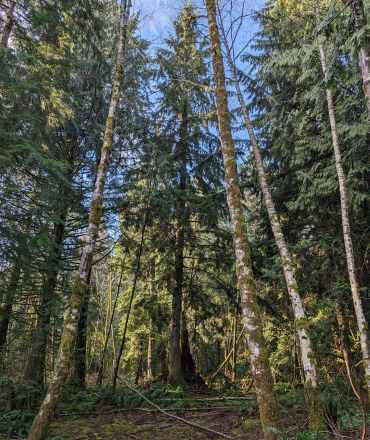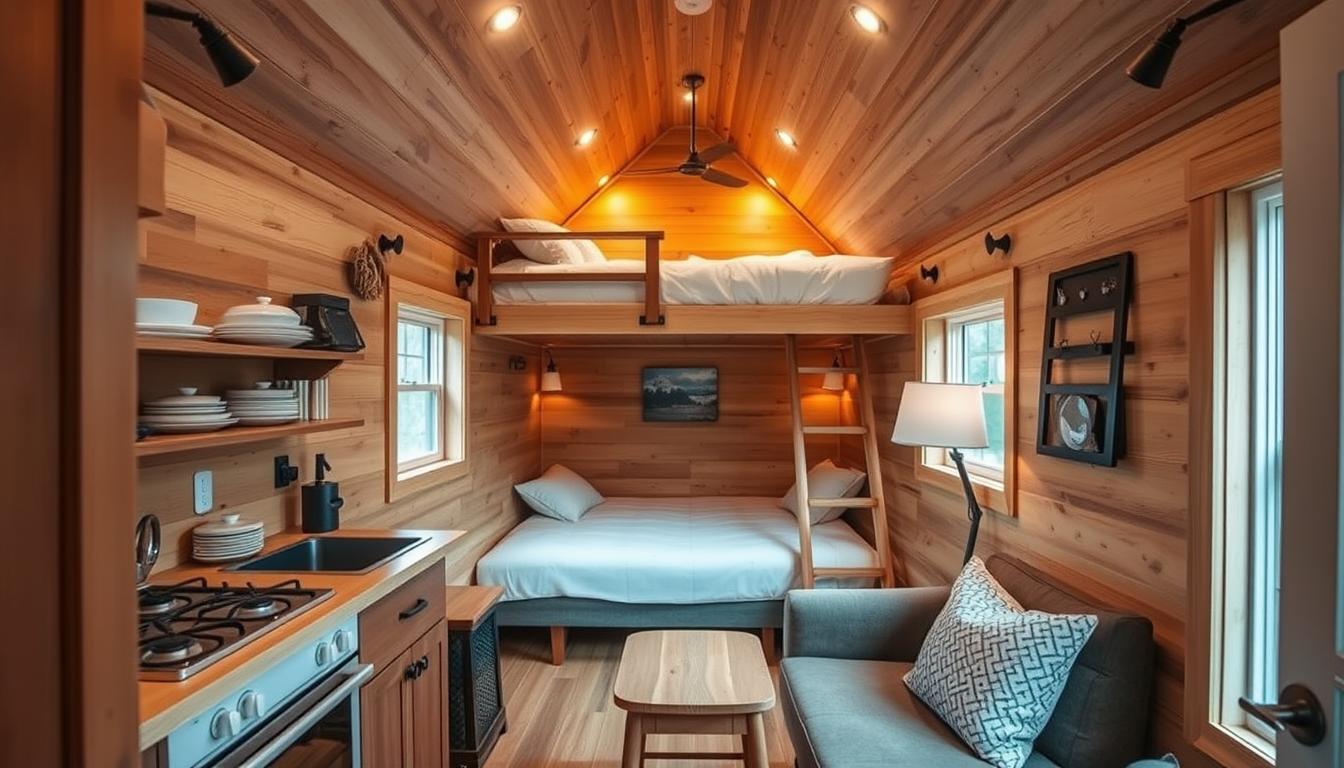What are zoning laws?
Zoning laws are a set of local government regulations that dictate the way land in a specific area can be developed or used. These laws help to shape urban planning and growth by influencing the distribution and arrangements of businesses, homes, industries, and infrastructure within a city or neighborhood.
These laws help to shape urban planning and growth by influencing the distribution and arrangements of businesses, homes, industries, and infrastructure within a city or neighborhood.
Zoning laws classifications and restrictions
Zoning laws classify land into different categories, such as:- Residential
- Commercial
- Industrial
- Agricultural
| Zoning Classification | Description |
|---|---|
| Residential | This classification is designated for areas where people live. It usually includes various housing types such as single-family homes, multi-family homes, apartments, condos, and townhouses. Residential zoning may also have rules regarding lot sizes, setbacks, and permitted density. |
| Commercial | This category covers areas that allow for retail, office, service, and other business activities. Commercial zoning often separates different types of commercial activities, such as retail stores, offices, hotels, and entertainment venues, to ensure compatibility and appropriate infrastructure support. |
| Industrial | Industrial zoning is designed for activities related to manufacturing, processing, warehousing, and distribution. This may include factories, warehouses, and other facilities involved in the production and storage of goods. Industrial zones are typically separated from residential areas to minimize noise, traffic, and environmental impacts on residential neighborhoods. |
| Agricultural | Agricultural zoning is intended for areas dedicated to farming, livestock, and other forms of agricultural production. This classification helps preserve open space and ensures that land is used responsibly and sustainably for agriculture. This zoning may also impose restrictions on non-agricultural activities to protect the area’s rural character and resources. |
- Allowable building heights
- Density
- Lot sizes
| Zoning Restriction | Description |
|---|---|
| Allowable Building Heights | This restriction controls the maximum height of structures that can be built within a specific zone. Height restrictions vary by zone and are typically designed to maintain the desired character of the area and protect residents' privacy, views, and access to light. |
| Density | Density restrictions determine the maximum number of dwelling units that can be built per acre or per designated area in a given zone. This can impact the types of housing available, such as single-family homes or multi-family units, and overall population density. Restricting density can help prevent overcrowding and ensure appropriate infrastructure support. |
| Lot Sizes | Lot size zoning regulations dictate the minimum and/or maximum dimensions for a parcel of land on which a structure can be built. These restrictions help maintain a consistent character and appearance for different neighborhoods and ensure adequate space for yards, driveways, and other necessary components of residential living. |
Local authorities use zoning laws to prevent the development of affordable housing
There are several ways in which local authorities unintentionally or intentionally use zoning laws to prevent the development of affordable housing, making it difficult for residents with limited income to access suitable living options. These restrictive zoning regulations can lead to increased housing costs and a lack of diversity in housing stock. Some of these methods include:
1. Exclusionary zoning
This happens when zoning regulations are designed to predominantly allow single-family homes on large lots, limiting the possibilities for multifamily or affordable housing options. By permitting only low-density development and large-lot zoning, local authorities may inadvertently contribute to increased housing costs while restricting the development of affordable housing alternatives.
2. Minimum square footage requirements
As mentioned previously, these requirements can effectively exclude smaller, more affordable housing options (such as tiny houses) from being built in certain areas. These regulations require that homes meet a specific minimum size, which can mean less opportunity for affordable housing constructions because they are not eligible for development under these rules.
3. Inclusionary zoning restrictions
Some local governments have implemented inclusionary zoning policies that require developers to include a certain percentage of affordable housing units in new developments. However, these policies can sometimes result in a reduction of overall housing development as builders may choose to build fewer units or avoid building in areas with such policies, ultimately reducing the availability of affordable housing.
4. Height and density restrictions
Zoning laws often dictate the maximum allowable building heights and densities in specific areas. These restrictions can limit the development of more affordable multifamily housing options (such as apartments or townhouses), which can lead to a scarcity of affordable housing units in the area.
5. Parking requirements
Local authorities sometimes impose strict regulations on the minimum number of parking spaces required for new residential developments. This can result in increased development costs, as builders need to allocate space and resources to meet these requirements. In turn, these costs may be passed on to the residents, making the housing units less affordable.
6. Lengthy approval processes and impact fees
Local governments may have complex and time-consuming approval processes for new housing developments, along with significant impact fees. These factors can increase the cost of developing affordable housing projects or discourage developers from pursuing them.
7. Restrictive zoning influenced by NIMBYism
NIMBY (“Not In My Backyard”) sentiments among existing residents can result in local authorities implementing even more restrictive zoning laws. Community members who oppose affordable housing projects in their neighborhood may pressure local authorities to create zoning regulations that maintain the existing character of a neighborhood without considering the need for affordable housing options.
To address these issues and promote the development of affordable housing, local authorities should consider reevaluating their zoning regulations, engage with the community in an inclusive manner, and explore innovative solutions that allow for greater housing diversity and affordability.
How zoning laws prevent the development of tiny house communities
Although zoning laws have been instrumental in shaping our urban landscapes, they have also been criticized by many, including tiny house enthusiasts, for being too restrictive and inhibiting the growth of diverse and affordable housing options.

The following are some ways in which zoning laws can prevent the development of tiny house communities:
1. Minimum square footage requirements
Zoning laws often dictate a minimum allowable square footage for new residential structures to ensure a standard living space size for residents. However, these requirements can effectively exclude tiny homes, which by design are smaller than traditional homes, from being built in certain neighborhoods.
2. Lot size and setback requirements
Zoning regulations can also impose minimum lot size and setback requirements, which dictate how far a structure must be set back from the property lines. This may pose a challenge when trying to establish a tiny house community in an area with strict setback requirements or large minimum lot sizes, as they may not accommodate the smaller scale and intended density of tiny homes.
3. Density restrictions and maximum occupancy rules
Many zoning codes restrict the number of dwelling units per acre or limit the number of unrelated people that can live together in a single dwelling unit. This can create obstacles when planning a tiny house community, where the goal is often to maximize the number of units while encouraging communal living and shared amenities.
4. Building code compliance
Tiny homes, especially those on wheels, can face difficulties when it comes to meeting certain building code requirements. For instance, some residential building codes may not allow for the use of alternative materials or construction methods typically found in tiny houses. Furthermore, building codes may not recognize tiny houses on wheels as a legitimate form of permanent housing, which could prevent their construction in certain residential zones.
5. NIMBYism (“Not In My Backyard”) and restrictive zoning
Tiny house communities may face opposition from surrounding neighbors who may perceive them as a threat to property values or neighborhood character. This can lead to restrictive zoning where local governments adhere to the preferences of a vocal minority and impose tougher regulations on new developments that include tiny homes.
What can be done to encourage affordable housing?
To promote the development of tiny house communities and encourage affordable, diverse housing options, local governments should consider revisiting traditional zoning regulations. Some proposed changes could include:
1. Reducing minimum square footage requirements or creating exemptions specifically for tiny houses.
2. Adjusting lot size and setback requirements to accommodate smaller-scale developments.
3. Allowing greater densities or relaxing occupancy rules to encourage the development of tiny house communities.
4. Ensuring building codes are flexible enough to encompass the unique materials and construction methods used in tiny homes.
5. Encouraging inclusive community engagement processes that allow for the voices of all residents, not just a vocal minority, to shape local zoning laws.
In conclusion
While zoning laws have played a significant role in shaping urban development, they are also extremely restrictive and inhibit diverse housing options like tiny house communities. By reassessing these regulations, local governments can help foster growth in affordable housing options and provide more diverse and sustainable communities for residents.
FAQ
1. Q: What are zoning laws?
A: Zoning laws are local government regulations that control how land in specific areas can be developed or used. They help shape urban planning and growth by determining building types, usage, and styles in various zones, such as residential, commercial, industrial, and agricultural.
2. Q: How do zoning laws impact affordable housing?
A: Zoning laws can unintentionally or intentionally prevent the development of affordable housing by enforcing restrictions on building size, density, height, and lot sizes. These regulations may limit housing diversity and accessibility for low-income individuals.
3. Q: What challenges do tiny house communities face due to zoning laws?
A: Tiny houses often face difficulties with minimum square footage requirements, lot size and setback requirements, density restrictions, building code compliance, and NIMBY opposition, which can hinder their development and growth.
4. Q: How can local governments promote the development of affordable housing options?
A: Local governments can revisit traditional zoning regulations, reduce minimum square footage requirements, adjust lot size and setback requirements, allow greater densities, ensure flexible building codes, and encourage inclusive community engagement to shape zoning laws.
5. Q: What is NIMBYism and how does it affect zoning laws?
A: NIMBY (Not In My Backyard) refers to the sentiment of people who oppose certain developments, such as affordable housing, in their neighborhoods. This opposition can pressure local authorities to implement restrictive zoning regulations that cater to a vocal minority and inhibit diverse and affordable housing options.










